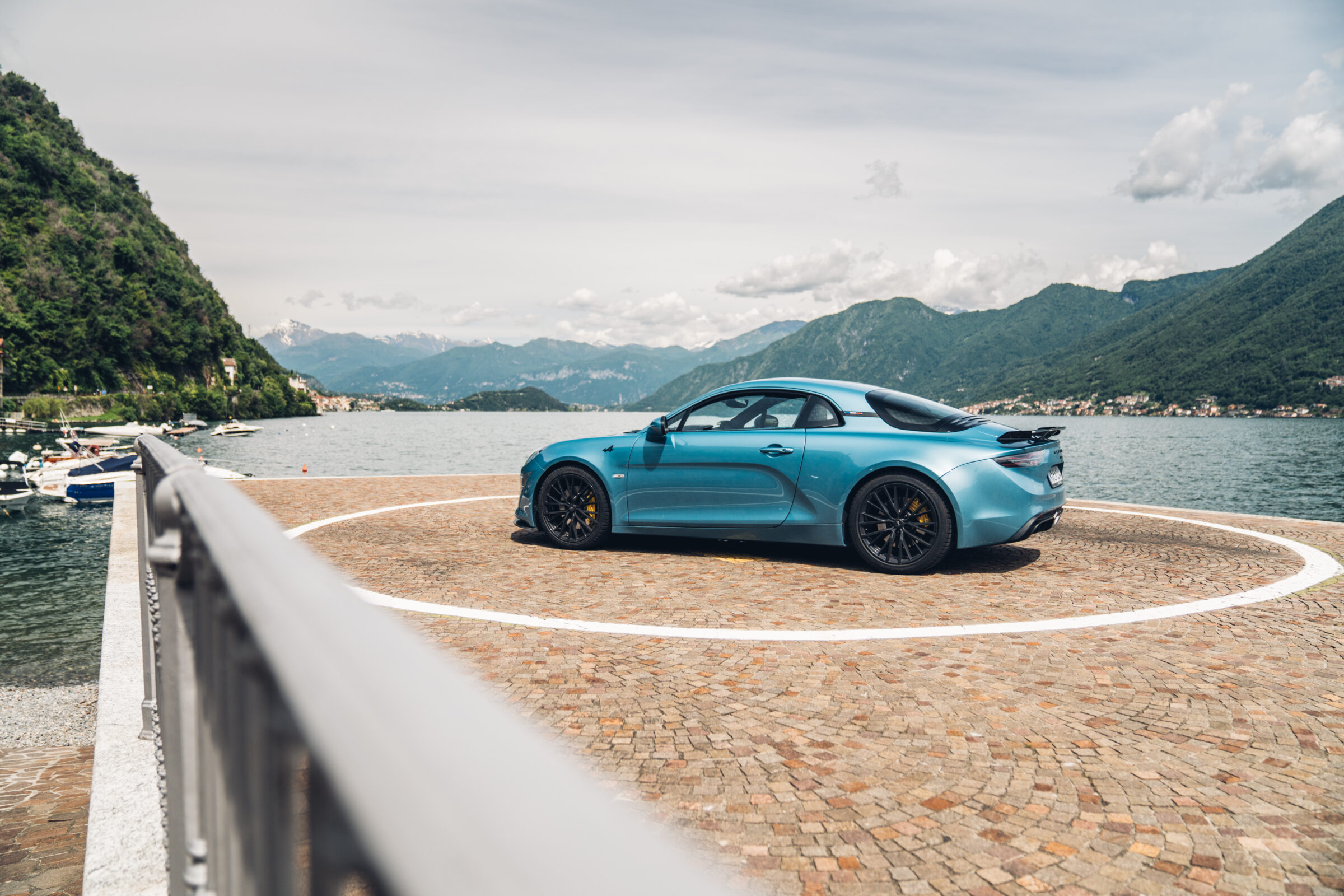Ford Galaxie 500 R-Code Lightweight
For many motorsport fans, Ford and touring car racing are inseparably linked. If you ask them about the model series that are and were used, names like Escort, Lotus Cortina, Capri, Sierra, Mondeo, Focus and Fiesta come up. However, the fact that there was another model from the other side of the Atlantic on European soil, especially on race tracks in Great Britain, may surprise at least our younger readers. In fact, in 1963 the US-American team Holman & Moody organized the use of three Ford Galaxie 500 R-Code Lightweight in the British Saloon Car Championship. Looking at historic pictures of those races, one can’t help but get the impression that Ford were seriously considering to crack sparrows with a cannon. The big American sedans looked like an aircraft carrier compared to the field of Jaguar Mk IIs, Minis, Ford Lotus Cortinas and other European vehicles of the time. You can only wonder about the feelings of the assembled competition when the Galaxies first rolled into the paddock.
R-Code in the case of the Galaxie refers to the models that were presented at the halfway point of the 1963 modelyear. Under the huge bonnet sits a 427 ci (7 liter) V8 engine with twin carburettors and about 425 BHP. For sportly oriented customers, there was also the Lightweight version added to the range, but only around 210 of these were ever built. These cars, which weigh around 170 kilograms less compared to the normal Galaxie, were available exclusively in the color ‘Corinthian White’ with red vinyl interior. The weight advantage resulted from fiberglass parts for the hood, front fenders and trunk lid as well as aluminium for the bumpers, transmission housing and bell housing. In addition, Ford not only dispensed with the installation of noise and heat insulation, but also consistently left out various equipment details, the spare wheel and the tool set. However, the car was supplemented by a manual Borg-Warner four-speed gearbox, a heavy-duty suspension and shorter rear axle ratio.
Based on the Galaxie 500 R-Code Lightweight, Holman & Moody created a number of racing cars, whereby the welds of the bodyshells were strengthened, new pick up points installed and a full-size rollcage was fitted to the interior. In addition, the output of the V8 engine was increased to around 500 BHP and the still relatively heavy saloon was given a firmer sports suspension. For the British Saloon Car Championship, exactly three examples of this Nascar battleship were built and immediately sent across the Atlantic. There the team of John Wilment had been entrusted with the operations. Jeff Uren, the team manager at that time, immediately contacted the British racing driver Jack Sears, who had already won the British Saloon Car Championship in 1958 and who later also added class victories in Le Mans and Daytona to his career. However, he became better known worldwide for driving a Shelby Cobra for testing purposes shortly before the 1964 24 Hours of Le Mans at the newly opened British M1 motorway at a speed of around 180 mph.




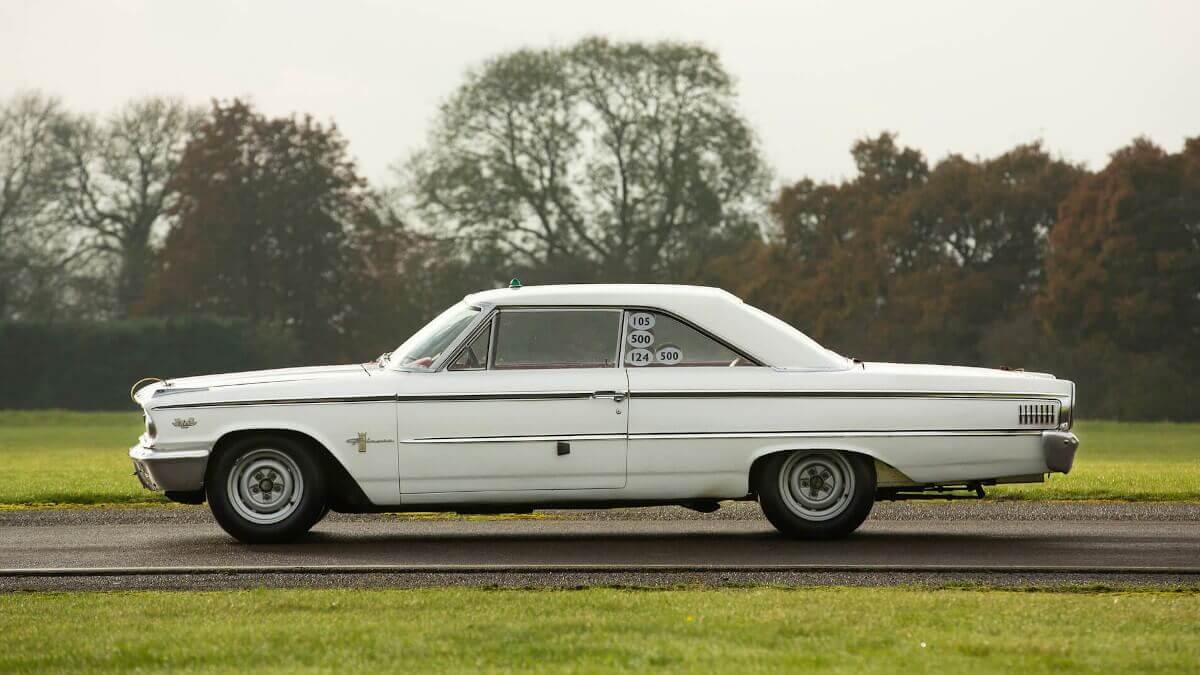











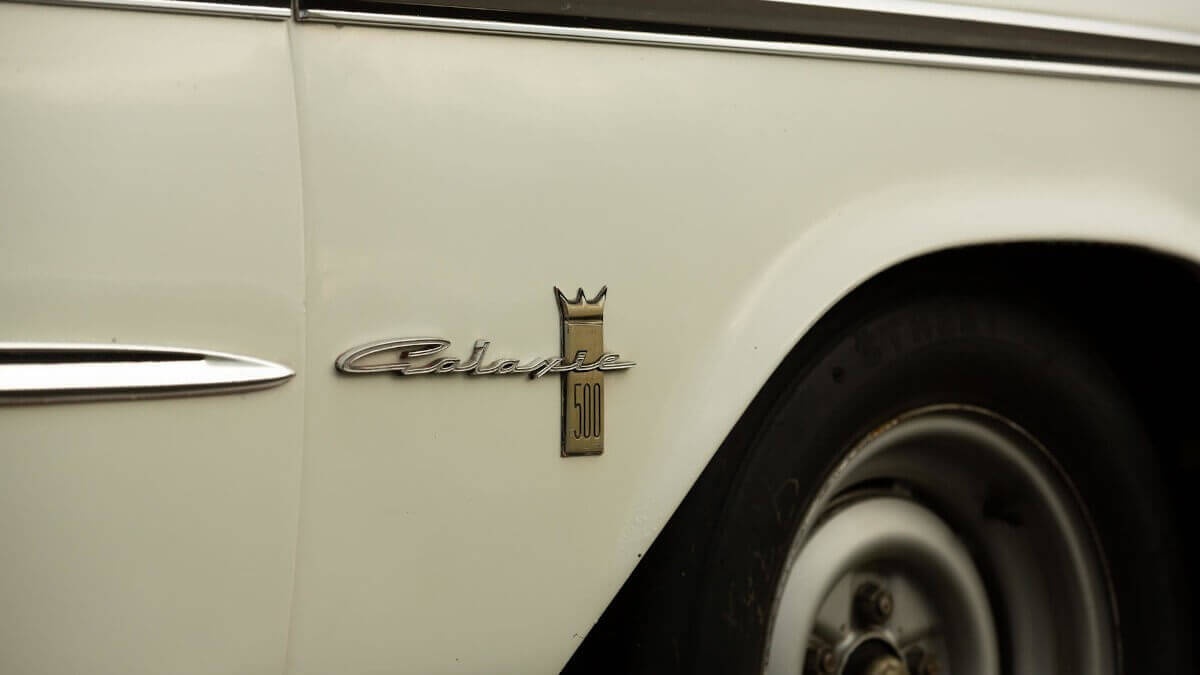









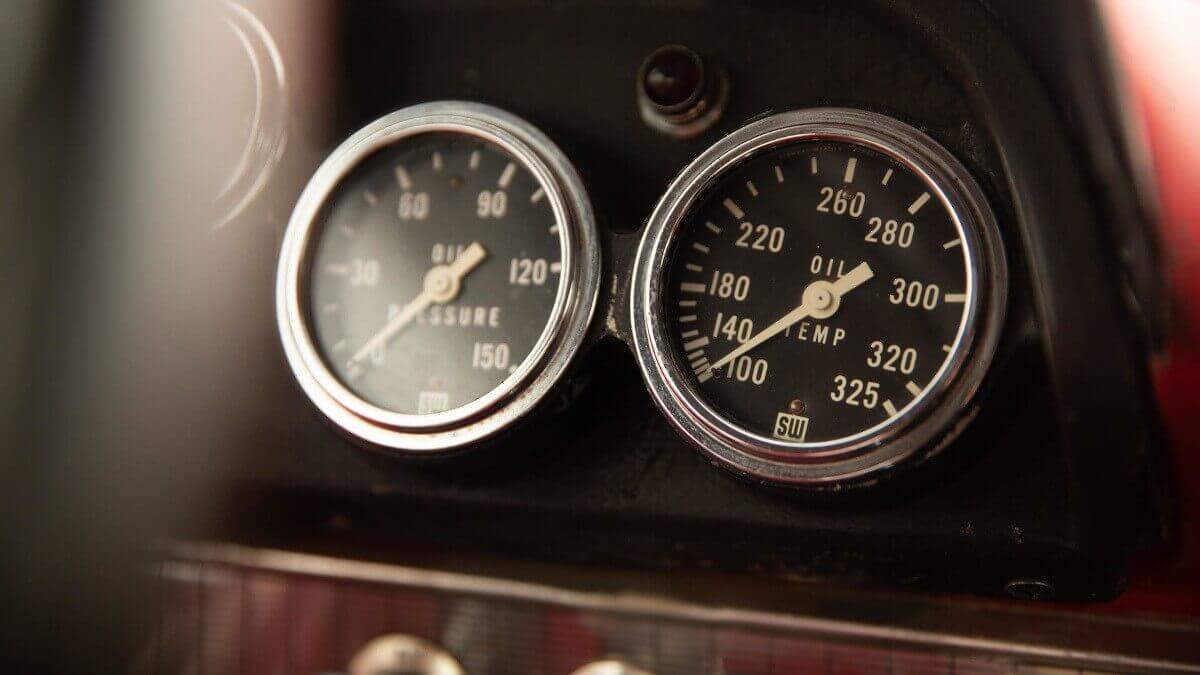

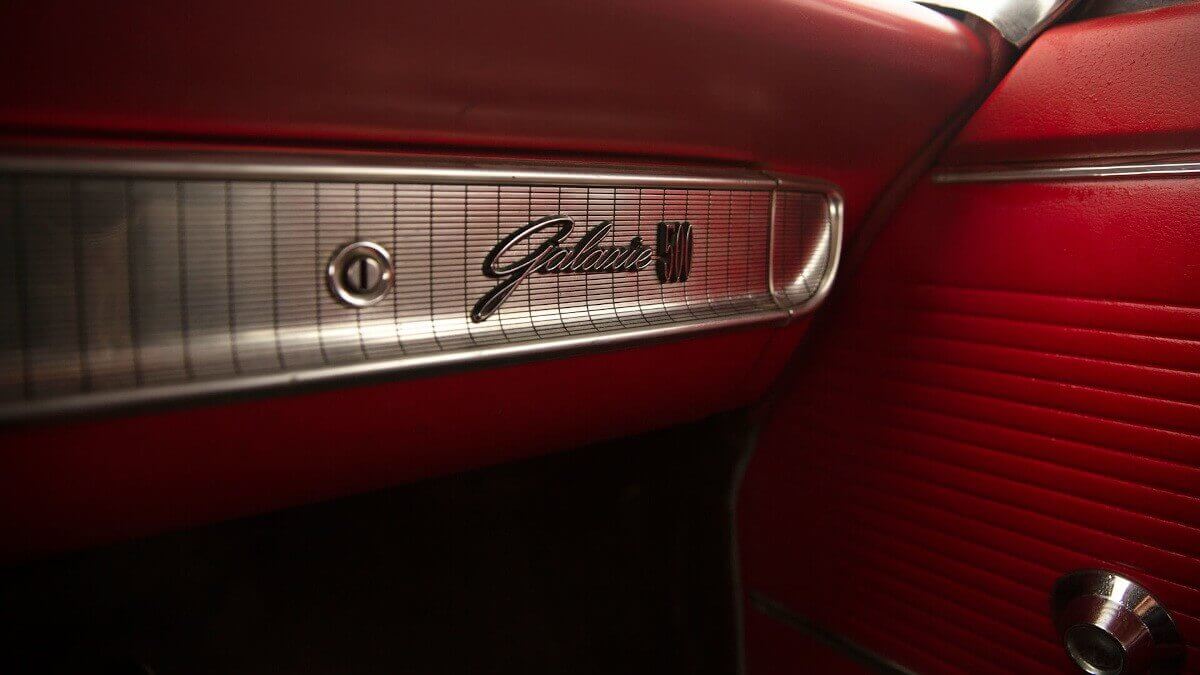

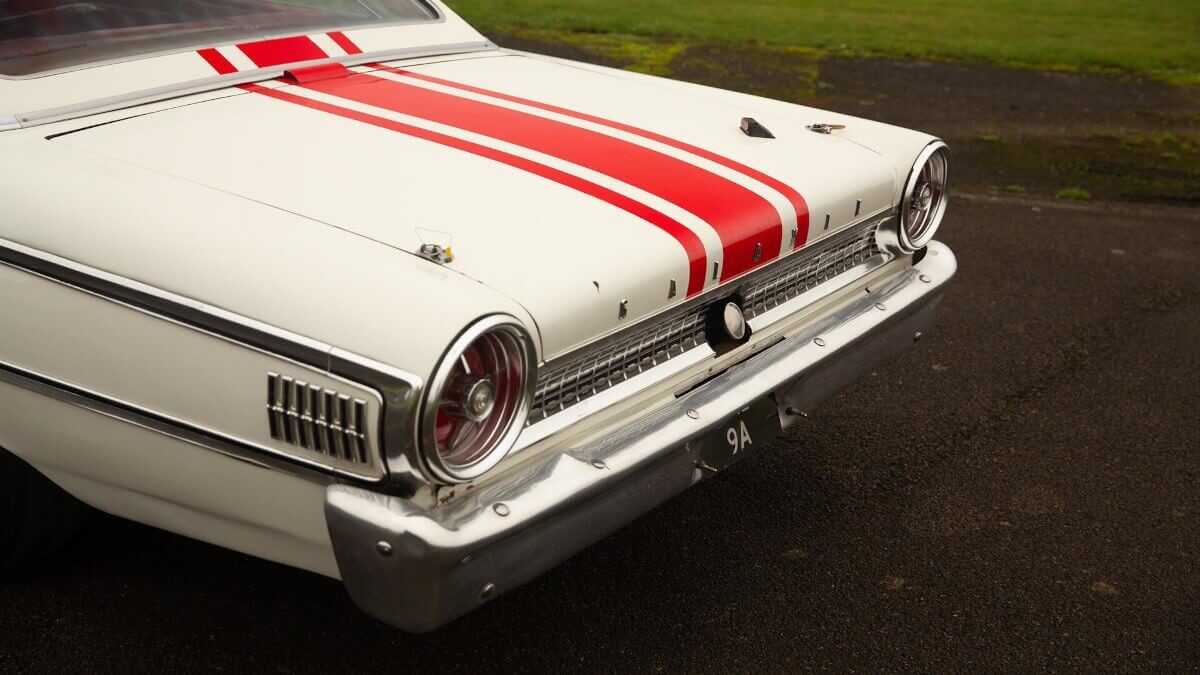







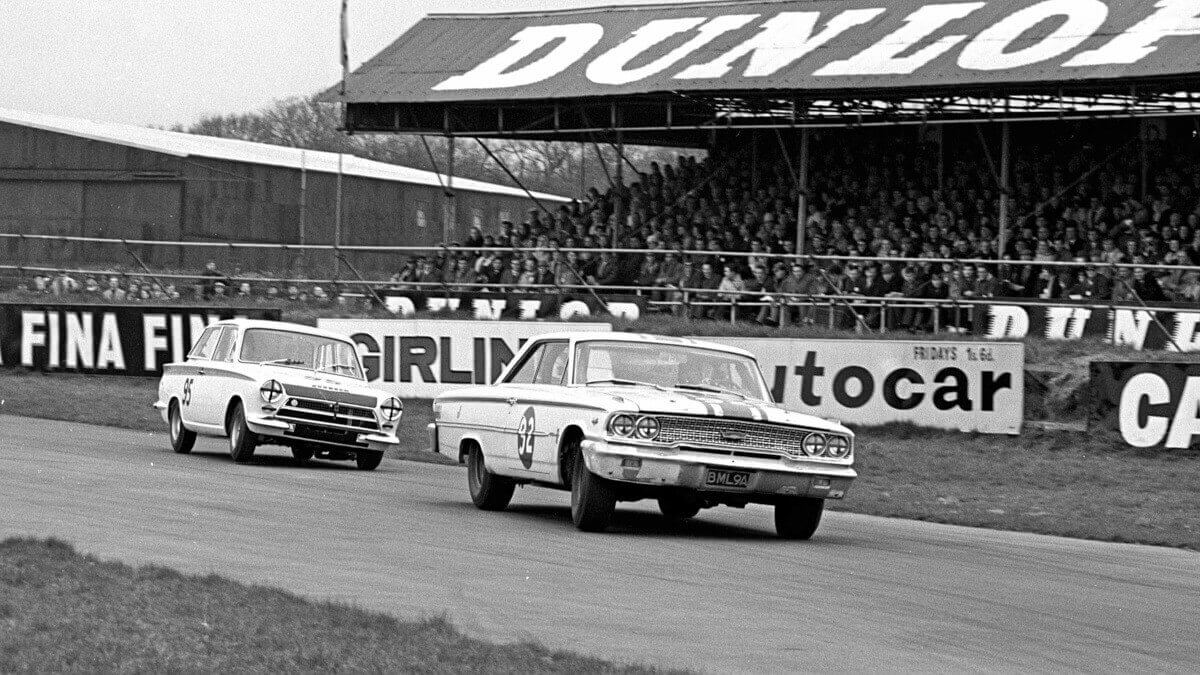



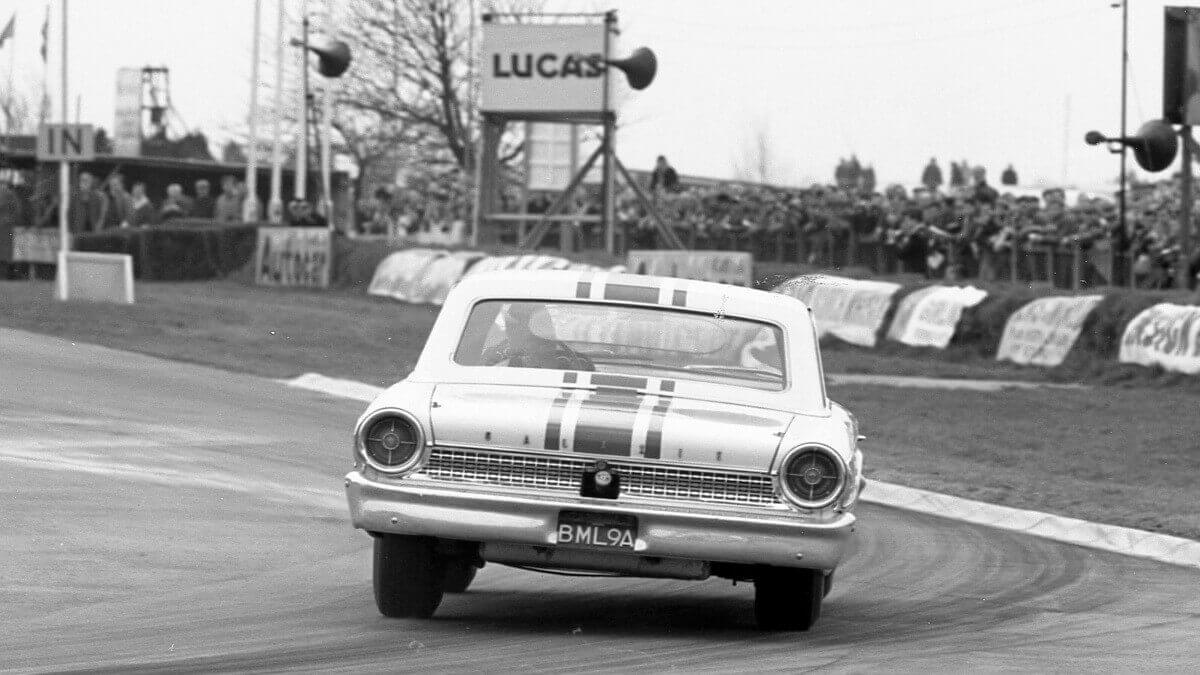

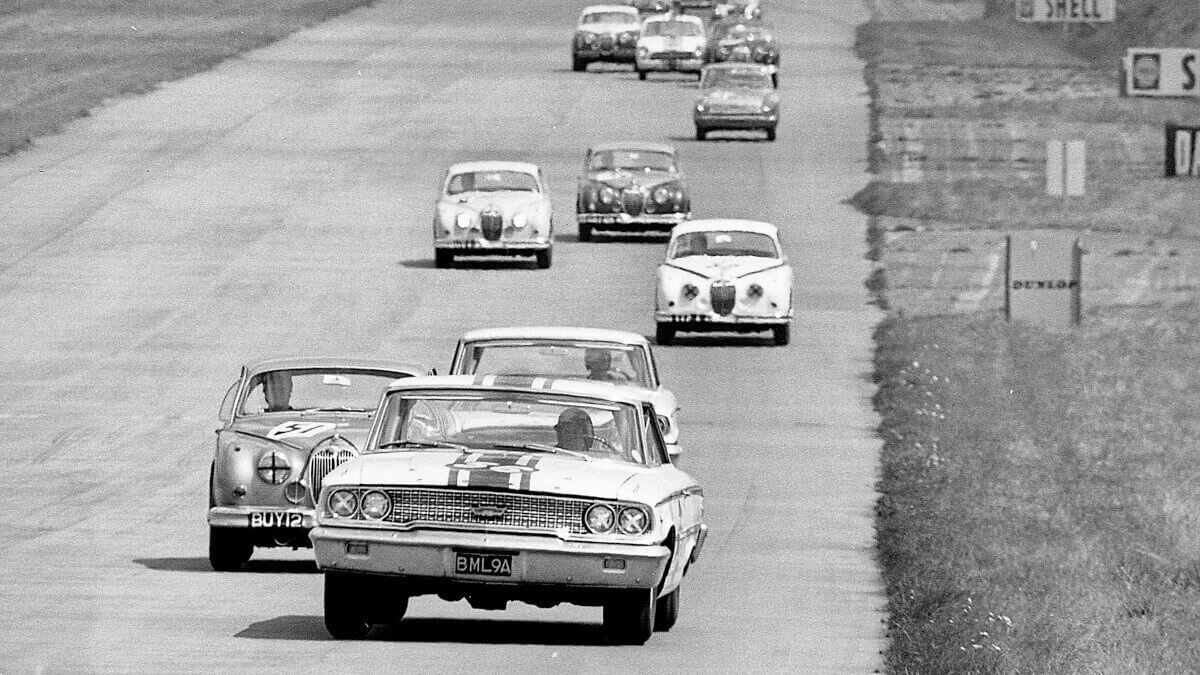



For the 1963 racing season he climbed into the cockpit of the Ford Galaxie with chassis number 3N66R143030. This car was driven by the Holman & Moody team on its own wheels from their factory in North Carolina to the airport in New York, over 600 miles away. There it was loaded into a cargo plane together with a large delivery of Coca-Cola and then flown to the UK. There the car arrived just in time for the BRDC International May Meeting in Silverstone, the fifth race of the season. There Jack Sears put the new Galaxie on pole position without much effort. After dropping behind three Jaguar cars at the start of the race to get to know his car and specially the brakes better, he then attacked on the first lap, overtaking all three opponents in the same manoeuvre and steadily increasing his lead – staying in fourth gear from the second lap on for the rest of the race out of concern for his clutch. After another victory in the sixth race of the season in Aintree, the winding race course at Crystal Palace in London followed. There, everyone would have expected the much more Cortina or even the underpowered Mini to win. But in the end the huge seven-liter sedan from the USA crossed the finish line in the lead. Victories at Snetterton and Silverstone followed as well as a retirement after a puncture at Brands Hatch, were Jim Clark won in another Galaxie. A few weeks later the South African race driver Bob Olthoff was at the wheel of this car when it was used at Brands Hatch again and took another victory. Finally, at Oulton Park, the then reigning Formula 1 World Champion Graham Hill sat in the Galaxie and claimed second place ahead of Sears, who this time was racing a Lotus Cortina. In the three-hour race at Snetterton, Sears in the support race not only beat his own lap record by over five seconds, but also drove faster than the Aston Martin DB4 GT Zagatos that competed in the main race. At the end of the season Sears was crowned champion of the British Saloon Car Championship.
After the European racing season was over, the Wilment team sent two Ford Galaxies to South Africa, where they competed in a nine-hour race at Kyalami in early November 1963 with Jack Sears and Australian race driver Paul Hawkins. In third place overall and in the lead in the performance index ranking, they retired at dusk due to a defective cylinder head gasket. In the final race that year on 28 December in East London, Paul Hawkins crossed the finish line in second place behind the sister car with Bob Olthoff. At the beginning of 1964, the team still took part in a touring car race on the Killarey circuit in Cape Town before sending the cars back to Great Britain to prepare them for the new racing season. Sears wanted to defend his championship title with “his” Galaxie. This time, however, it was an up and down between technical failures and successes. In between the British races, in May, Sears and the Ford entered the first round of the European Touring Car Championship in Spa-Francorchamps, Belgium, where they were victorious as well. After the end of the BSCC season 1964, the team and cars went to South Africa again, although Jack Sears didn’t travel with them this time. Olthoff bought the Galaxie and kept it right there to compete in the 1965 season of the South African Touring Car Championship. After its last appearance in the supporting programme of the 1966 South African Grand Prix in East London, he kept the car in his collection until 1988. Then he sold it to Jack Sears, who brought the Galaxie back to the UK and re-registered it with the previously used license plates BML9A. In the early 1990s a careful restoration was carried out. After a few stints at the Goodwood Festival of Speed, Sears returned to the track with this famous touring car in 2008, winning two rounds of the 1963 Archie Scott-Brown Memorial Trophy Meeting in Snetterton. He kept the car until he passed away in 2016. Currently this Ford Galaxie is for sale with classic car dealer Girardo & Co. in their showroom in London. The price is available upon request.
Images: Girardo & Co.




